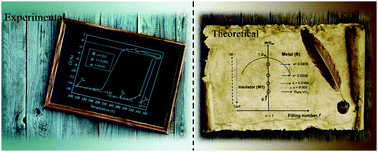Characterisation of the temperature-dependent M1 to R phase transition in W-doped VO2 nanorod aggregates by Rietveld refinement and theoretical modelling†
Abstract
Understanding the mechanism of the insulator–metal transition (IMT) in VO2 is a necessary step in optimising this material's properties for a range of functional applications. Here, Rietveld refinement of synchrotron X-ray powder diffraction patterns is performed on thermochromic V1−xWxO2 (0.0 ≤ x ≤ 0.02) nanorod aggregates over the temperature range 100 ≤ T ≤ 400 K to examine the effect of doping on the structure and properties of the insulating monoclinic (M1) phase and metallic rutile (R) phase. Precise measurement of the lattice constants of the M1 and R phases enabled the onset (Ton) and endset (Tend) temperatures of the IMT to be determined accurately for different dopant levels. First-principles calculations reveal that the observed decrease in both Ton and Tend with increasing W content is a result of Peierls type V–O–V dimers being replaced by linear W–O–V dimers with a narrowing of the band gap. The results are interpreted in terms of the bandwidth-controlled Mott–Hubbard IMT model, providing a more detailed understanding of the underlying physical mechanisms driving the IMT as well as a guide to optimising properties of VO2-based materials for specific applications.



 Please wait while we load your content...
Please wait while we load your content...